safety glass
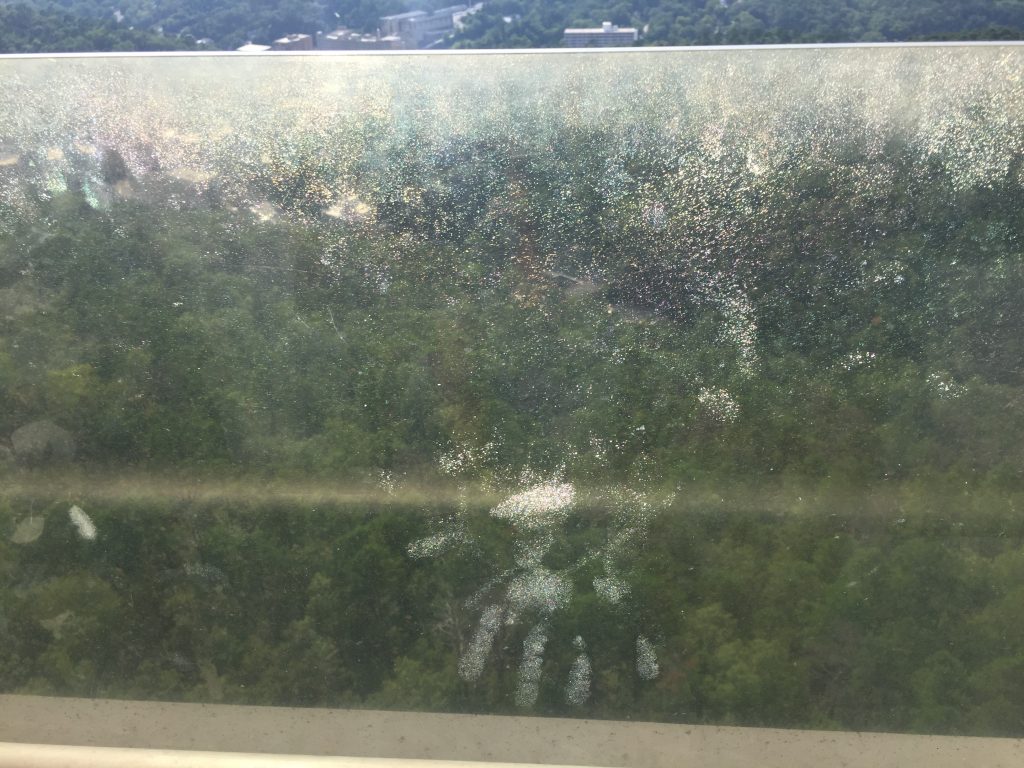
The traveler explores the American Wayside, verifying the contents of a mysterious guide written by a man with whom he shares a likeness and name. Excerpts from ‘Autumn by the Wayside: A Guide to America’s Shitholes’ are italicized. Traveler commentary is written in plain text.

Certain things were quite a bit easier back when I had the truck. Almost everything, really. I’ve mostly moved on but there are nights, usually bitter cold or stormy, when I’d happily shell out the past years’ extra gas money for a consistent roof over my head, for the stale but familiar leather-smelling atmosphere of the cab. The tent I own is stale in its own way. The smell of it lingers on my hands after I roll it up- mildew and smoke. I smell it when I eat or scratch my nose or brush my teeth. The truck felt like a place I could leave and somehow the tent stays with me, even when it’s sealed up and packed away.
Maybe I just need a new tent.
In most ways, the motorcycle is as good as the truck and in a few cases it’s allowed me to check in on a location that its predecessor, stiff with arthritic rust, made difficult. Take, for instance, ‘The All’s Fair Food Festival.’
‘‘The All’s Fair Food Festival’ traces its roots back to a parking lot on the outskirts of Marfa where an unnamed Mexican food truck served the workforce of half a dozen nearby factories for a few successful, but uneventful years. When the truck was ‘discovered’ by a local magazine, the lot was quickly gentrified and the original proprietors quietly disappeared. The lot owners were so stunned by the sudden influx of wealth that they didn’t realize how many zoning laws were being bent until several were being flagrantly broken. When the authorities arrived with a laundry list of fines, the tightly-packed vendors were unceremoniously evicted, provoking the sort of ire that only white, middle-aged hipsters can produce when their fusion tacos are threatened: petty, self-congratulatory, and ultimately ineffective.
‘The All’s Fair’ was established to take advantage of a loophole in which food vendors were allowed to sell at gun shows and, in Texas, gun shows are allowed to occur at any time and place with the bare minimum of paperwork. The city council (older, perhaps, but equally petty and white) moved quickly to distinguish the two types of event and, within a month, the lot was vacant once more with the exception of a man who sells assault rifles out of the trunk of his car but can’t so much as lend a stick of gum without incurring a cease and desist.
In one last bout of whimsy, ‘The All’s Fair’ took to the streets in a very mobile way. Half-protest, half-parade, the trendiest food trucks began to patrol the downtown at speeds well below the recommended speed limit, upsetting traffic flow and allowing bystanders to purchase food at a normal walking pace. Truck owners were arrested, vehicles were impounded, but the ‘cause’ gathered enough traction to break national news and soon the outskirts of Marfa were swarmed with mobile restaurants from all over the nation. Paralyzed by the sudden gridlock, city council did what it probably could have initially: nothing. The proprietors of ‘The All’s Fair,’ who greatly outnumbered potential customers, mostly dispersed within a fortnight.
What remains is ‘The All’s Fair’ in name, only. A core of the original broke from Marfa like a glider in the Game of Life and remains on an incessant tour, sometimes colliding with existing pods, enhancing or collapsing them. The offerings and owners change with each collision or breakdown and an eventual total degradation seems likely. What matters for the time being seems only to be perpetual movement. The trucks will stops for lights and signs but never for customers. If one wishes to order from ‘The All’s Fair,’ one must be willing to keep up.’
I catch up to ‘The All’s Fair Food Festival’ on I-90 and follow it past several cities before I decide it’s a now-or-never type situation. When the road empties and straightens, I take a chance with a passing-lane and rev the bike’s engine, pulling up beside the tail-end of the caravan. A man inside toggles a switch and his voice blasts through a speaker mounted on the truck’s outer wall. Dark smoke streams like exhaust from the roof behind it.
“What can I get for you?”
It’s hard to really take in the menu but it seems like your average pizza-by-the-slice eatery. Checking that I still have time ahead, I open my visor and shout back.
“A pepperoni.”
The bike wobbles beneath me and I miss something on the speaker as I lose speed. I think of Hector in the back and wish this was something I’d done before his life depended on my driving. I grit my teeth and pull forward again.
“A pepperoni,” I shout again.
“We’re all out,” the speakers screams, “We’ve got the, uh… cheese. We’ve got the Hawaiian. The carnivore which is like, all the meats and some peppers. We’ve got the marg…”
“The carnivore,” I shout, mainly because it’s the last thing he’s said and I want to get this over with.
He tells me a light on the back of the truck will flash green when the order’s ready and we spend several nail-biting minutes handing cash back and forth.
I pull off at the next likely stop and eat the slice of pizza which is neither particularly good nor particularly warm. Hector sniffs at the crust and I spend nearly an hour sitting in the sun, trying to discover, with a relatively unstable cell-signal, whether a small piece would be acceptable for an otherwise healthy-eating rabbit.
I’ll say this about the truck- I spent less time in the sun, less time sitting on benches, like this, or in the grass. It’s not all bad, this thing that I’m doing, and it’s taught me, again, that I don’t want to die. That seems worth four dollars, at least.
-traveler
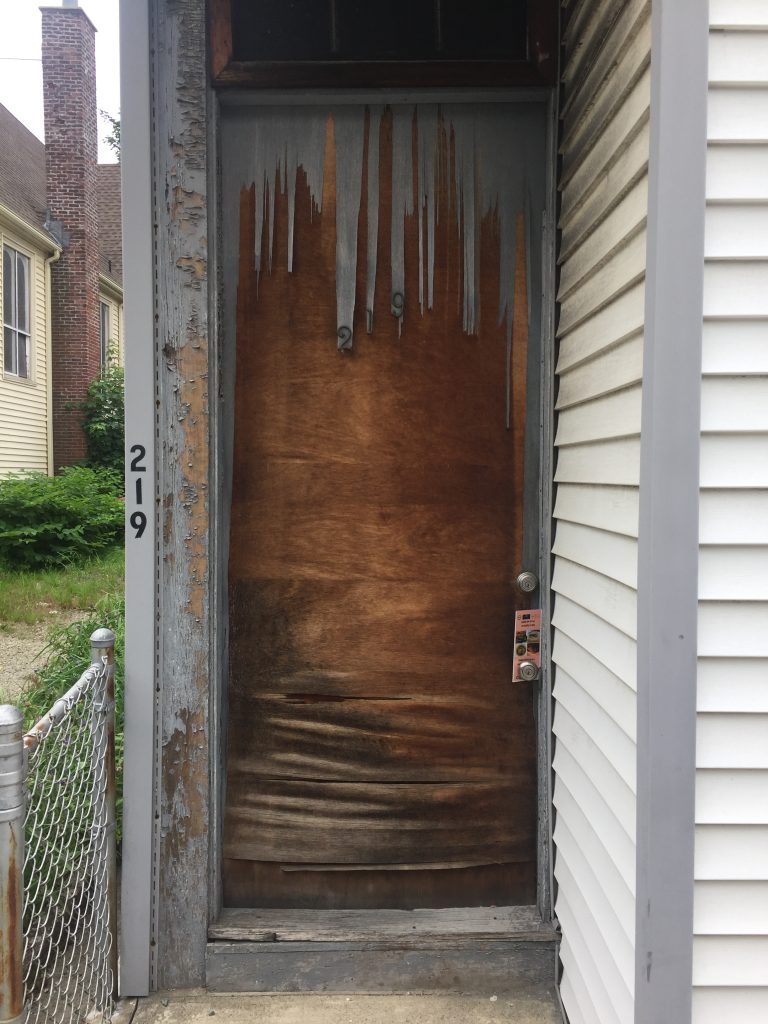
‘‘The Couch Cushions’ are a rock formation in northeast Iowa, named for their vague resemblance to a mountain-sized sofa and their nearness to an interstate, as though abandoned there by some lazy behemoth, the giant having upgraded their furniture and hoping someone will take the old set before rain obligates a trip to the dump. One might attribute the mild droop of the trees there to a certain natural eyerolling, the hills having existed long before the advent of furniture or roads or the practice of leaving one on the side of the other.
One might also attribute the overall sickliness of the area’s wildlife to the new tradition of carrying old couches to the top of the formation and dumping them into the gaps between the ‘cushions’ while filming, a sort of meta-ironic art movement that allow many to justify what normally amounts to littering. Relative newcomers to the area assume the numerous ruined couches there are the basis for ‘The Couch Cushions’’ name.
The newest trend among traveling artists is to sculpt or paint small pictures of roadside couches and to painstakingly descend into ‘The Couch Cushions’ in order to leave the art pieces between the uncapitalized couch cushions that litter the crevices. The more interesting and dangerous the placement (for many of the couches become wedged partway into their descent) the more respect is given. Following a gruesome incident involving the disgorged mechanism of a fold-out couch (rusted and sharp), rangers have taken to patrolling the area and turning back would-be couch surfers while the earth slowly processes a century’s artful indigestion.’
There are no rangers about when Hector and I climb past the base of ‘The Couch Cushions’ and venture into the nearest crevice to escape a chilly autumn storm. Hector is a little more active these days, seemingly a little more willing to interact with his surroundings. I bought him a sweatshirt meant for pugs in the last town we passed through, thinking he could use some insulating as we travel through the cold snap. It doesn’t suit his pot roast lump of a body but doesn’t seem to narrow his range of motion either. Hector has contented himself with life on the road.
Taking cues from their miniaturized equivalents, ‘The Couch Cushion’ crevices are grimy but not without a few small treasures. A particularly thick conglomeration of wedged couches keeps the sofas on the ground dry and the two of us stop underneath to wait out the rain, Hector occasionally perking up his ears at the creaky settling of the furniture ceiling.
It seems like a long time ago, but I once climbed into the palm of a rebar giant and felt both significant and small. The irritated earth we call ‘The Couch Cushions’ imparts a smallness in much the same fashion but the longer we loiter there the more I find any assumptions I once held about my significance disappearing. By the time we leave, the hills seem less like a couch and more like teeth, we the passing detritus of a recent meal.
-traveler
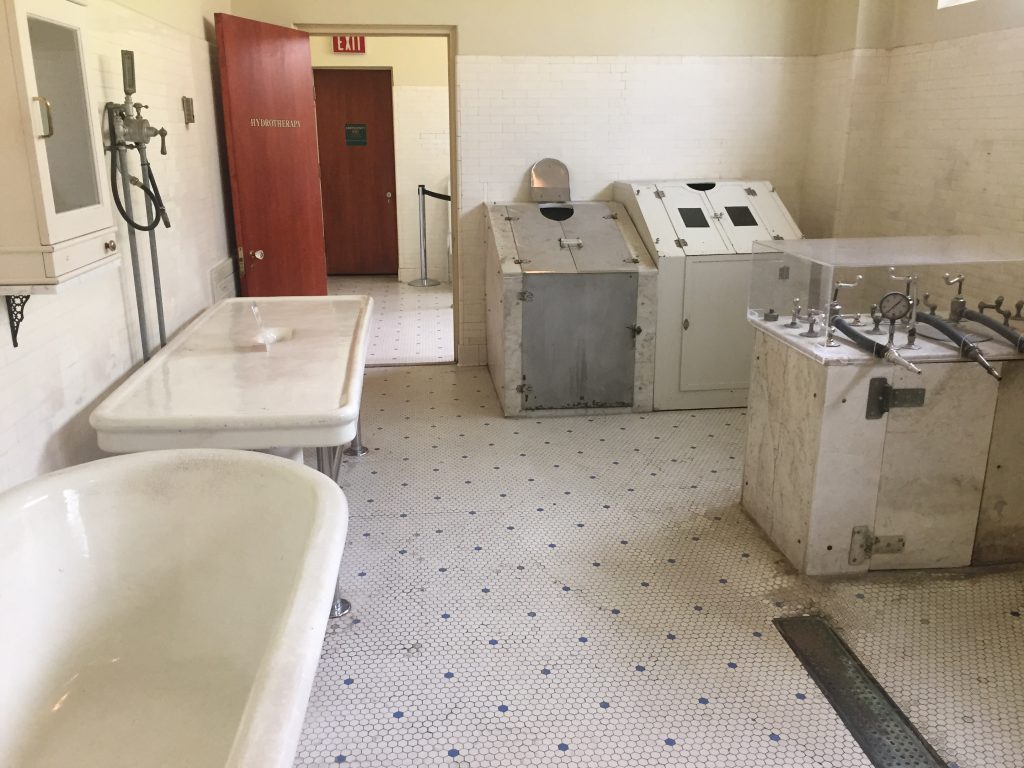
‘The old adage suggests that almost all accidents occur within a five minute drive from a person’s home. ‘Almost,’ because a good deal more occur on ‘The Long Right,’ an interstate exit that seems to exist in perpetuity.’
It takes about 30 minutes of leaning into the curve before a dozen small muscles in the right side of my body begin to complain. The car I’ve been following (a steady blue sedan) pulls ahead as I slow, just far enough that I lose it for a moment, and a minute later I see where the road guard is torn as though by a recently jettisoned vehicle. It could very well be the scene of a previous accident, an ominous coincidence, but is shakes me all the same.
Not long after, ‘The Long Right’ branches into one of its many fractal turn-offs where, at the center, a few less-than-legitimate businesses set up temporary shops. I buy a cup of coffee and a small bottle of anti-nausea pills. Hector and I watch other vehicles pass until that proves dizzying too. Rumor has it that taking ‘The Long Right’ past dark, when all of its blinking safety lights have come on, will grant a driver the gifted visions of a dead god, so we don’t stay for long.
-traveler
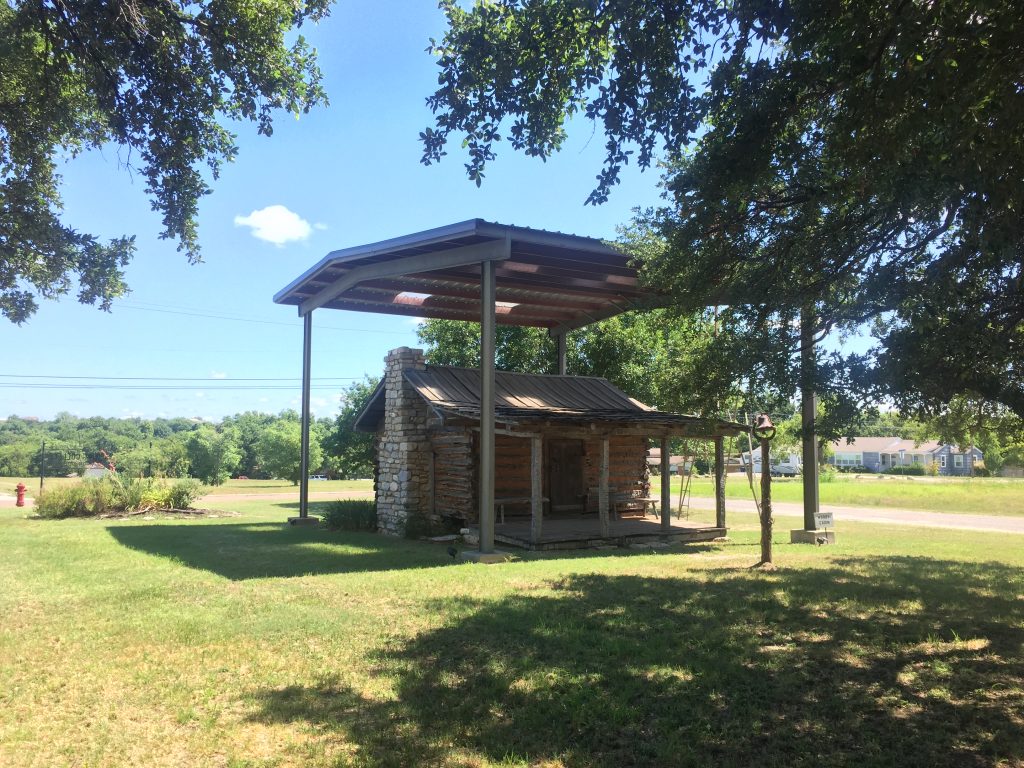
‘It would seem reasonable for the cooks at ‘World Burning’ to cut corners during preparation, given that the wood burned to smoke the meat is so laden with an era’s carcinogens (the varnish, the dust) that the taste profiles swing wildly between two meals that read the same on paper. Nevertheless, they go about the work with all the care of a world-class kitchen and deliver food to customers who are willing to forego future health concerns for a taste of something tasteless.
‘World Burning’ is, in some ways, a museum in perpetual decline. Its owners bid on the wood left behind by otherwise disastrous fires and display the wreckage on their walls. Customers order meat by the pound and the wood over which they would like it to be smoked. Steaks over a door from the house of your unfortunate childhood neighbor come cheap. Kebabs cooked with paneling from the Triangle Shirtwaist Factory are expensive and increasingly rare. The meal that put ‘World Burning’ on the map, a deep dish pizza cooked in a brick oven with historical scrap from the Chicago fire itself is long extinct, but they’ve kept behind a plank on which they occasionally smoke oysters as a special.
The restaurant has been criticized for its poor taste, both literally and figuratively, but reservations are booked out weeks in advance in spite of poor reviews. ‘World Burning’s’ owners claim the restaurant’s model and the controversy itself reflect a simple lesson in supply and demand. Nobody wanted the wood until they began to burn it.’
-an excerpt, Autumn by the Wayside
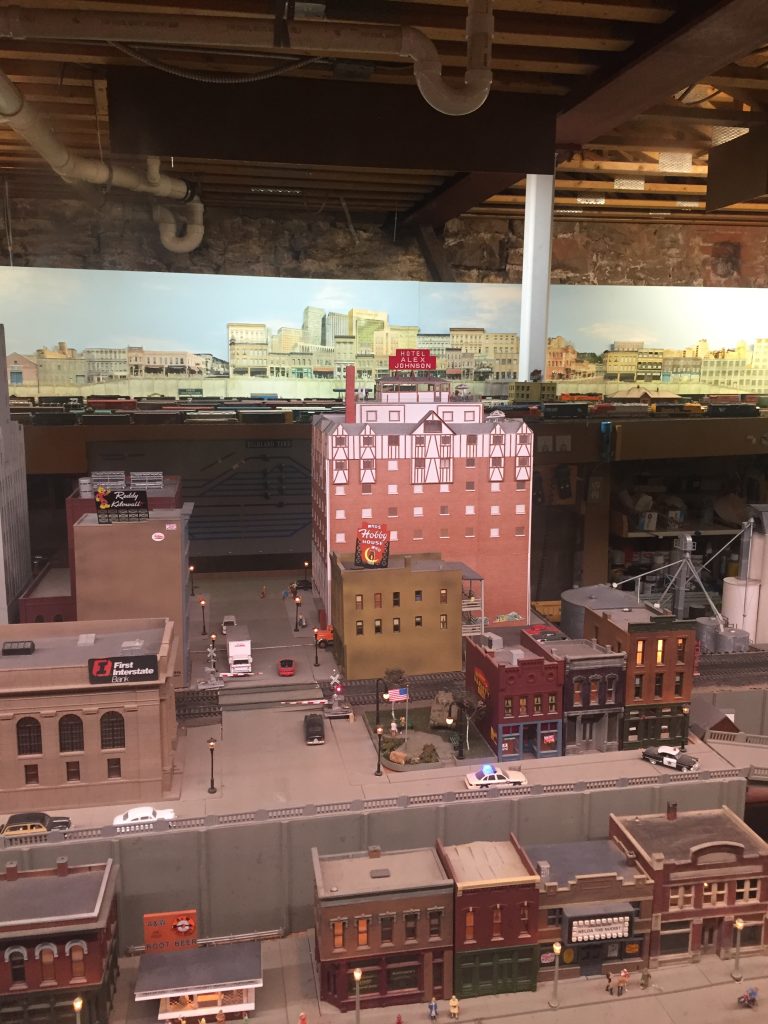
After three days of filling and re-filling forms, speaking to managers, sub-managers, and associate supervisors, and subjecting Hector to a variety of physical, mental, and seemingly spiritual tests, I decide to give up on the long application process required for admitting the leathery lump to ‘The Rabbit Hole,’ a wildlife sanctuary outside Maine. The office does not seem at all set up to receive visitors and, more than once, it’s suggested that ‘most mammals just wind up here.’ They emphasize words in a way that seems suspicious but isn’t otherwise threatening. They offer me self-guided tours of the grounds and seem baffled or disappointed when I return. The last straw is a man that bursts through the sanctuary-facing door, thickly bearded and dressed in rags.
“I’m back!” he screams, “My god, I’ve finally returned!”
He seems a changed man, his perspective on our mundane world greatly altered by whatever occurred to him inside ‘The Rabbit Hole.’ He laughs gleefully as the manager calls him a ride-share and somehow I get the stink-eye for having arrived with a rabbit and not with a revelation. Hector and I take our business elsewhere and, on the way, we drop the gibbering man downtown.
‘One might assume that a wayward hare, run to ground, would find refuge in ‘The Rabbit Hole.’ Typical of a woodland bureaucracy, ‘The Rabbit Hole’ is a liminal haven, at best, useful only as long as one is content to run in place. Most who take up residence there find nothing special about the forest, only that its benefits stem solely from the respite it provides from the city. ‘The Rabbit Hole’ is a wilderness and, in preserving the ecosystem it is careless with the individual parts. Life is inconvenient, there, meaning most emerge with a new respect for civilization and nearly as many simply die.”
-traveler
© 2024 · Dylan Bach // Sun Logo - Jessica Hayworth